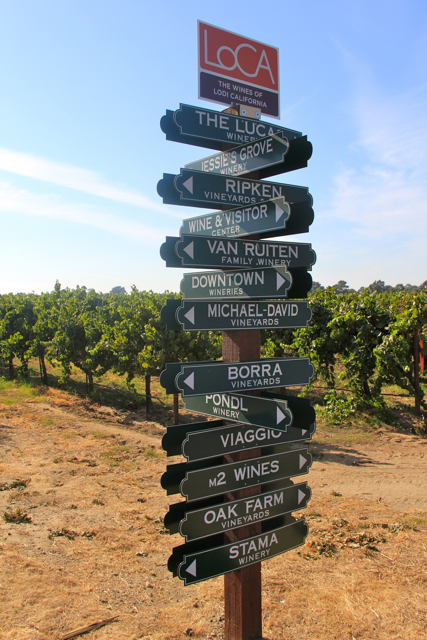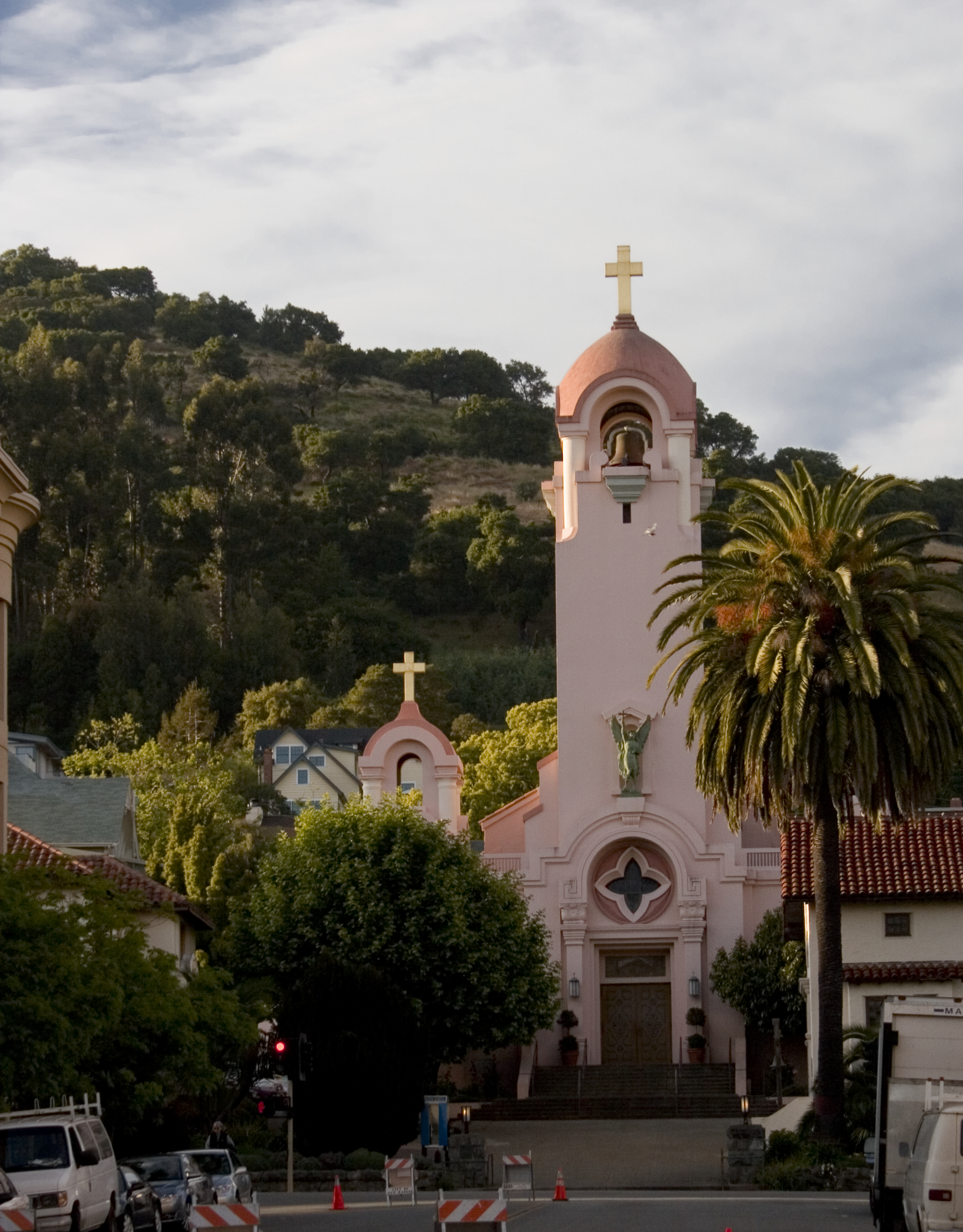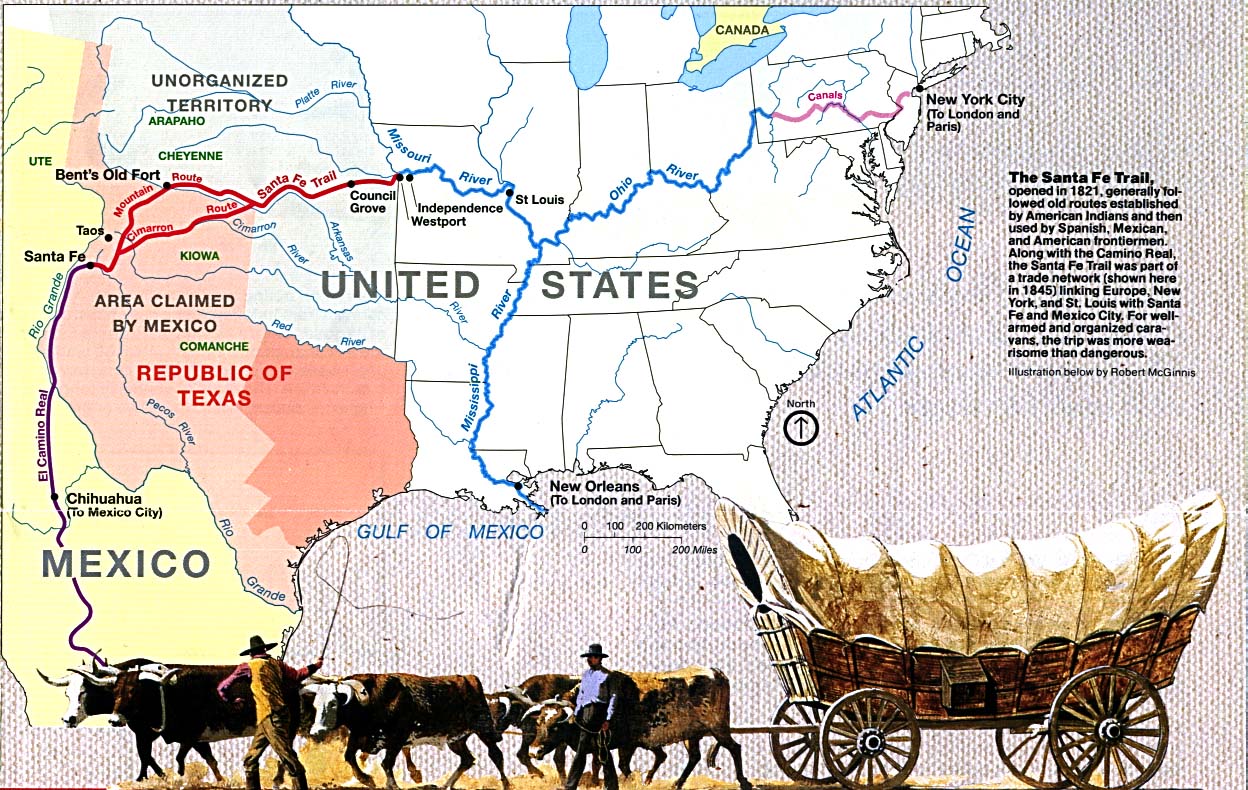|
Rancho Sanjon De Los Moquelumnes
Rancho Sanjon de los Moquelumnes was a Mexican land grant in present-day Sacramento County and San Joaquin County, California given in 1844 by Governor Manuel Micheltorena to Anastasio Chaboya. Sanjon is Spanish for ditch or deep slough. The grant stretched from the Cosumnes River on the north to the Mokelumne River on the south, and encompassed present-day Galt. History Anastasio de Jesus Chaboya (1805–1852), son of De Anza Expedition soldier Marcos Chaboya, and brother of Antonio Chaboya grantee of Rancho Yerba Buena. Anastasio was a soldier of the San Francisco Company, and married Maria Josefa Higuera in 1829. He was granted the eight square league Rancho San Juan de los Moquelumnes in 1844. With the cession of California to the United States following the Mexican-American War, the 1848 Treaty of Guadalupe Hidalgo provided that the land grants would be honored. As required by the Land Act of 1851, a claim for Rancho Sanjon de los Moquelumnes was filed with the P ... [...More Info...] [...Related Items...] OR: [Wikipedia] [Google] [Baidu] |
Ranchos Of California
The Spanish and Mexican governments made many concessions and land grants in Alta California (now known as California) and Baja California from 1775 to 1846. The Spanish Concessions of land were made to retired soldiers as an inducement for them to remain in the frontier. These Concessions reverted to the Spanish crown upon the death of the recipient. The Mexican government later encouraged settlement by issuing much larger land grants to both native-born and naturalized Mexican citizens. The grants were usually two or more square leagues, or in size. Unlike Spanish Concessions, Mexican land grants provided permanent, unencumbered ownership rights. Most ranchos granted by Mexico were located along the California coast around San Francisco Bay, inland along the Sacramento River, and within the San Joaquin Valley. When the government secularized the Mission churches in 1833, they required that land be set aside for each Neophyte family. But the Native Americans were quickly ... [...More Info...] [...Related Items...] OR: [Wikipedia] [Google] [Baidu] |
Tennessee
Tennessee ( , ), officially the State of Tennessee, is a landlocked state in the Southeastern region of the United States. Tennessee is the 36th-largest by area and the 15th-most populous of the 50 states. It is bordered by Kentucky to the north, Virginia to the northeast, North Carolina to the east, Georgia, Alabama, and Mississippi to the south, Arkansas to the southwest, and Missouri to the northwest. Tennessee is geographically, culturally, and legally divided into three Grand Divisions of East, Middle, and West Tennessee. Nashville is the state's capital and largest city, and anchors its largest metropolitan area. Other major cities include Memphis, Knoxville, Chattanooga, and Clarksville. Tennessee's population as of the 2020 United States census is approximately 6.9 million. Tennessee is rooted in the Watauga Association, a 1772 frontier pact generally regarded as the first constitutional government west of the Appalachian Mountains. Its name derives from "Tanas ... [...More Info...] [...Related Items...] OR: [Wikipedia] [Google] [Baidu] |
California Ranchos
The Spanish and Mexican governments made many concessions and land grants in Alta California (now known as California) and Baja California from 1775 to 1846. The Spanish Concessions of land were made to retired soldiers as an inducement for them to remain in the frontier. These Concessions reverted to the Spanish crown upon the death of the recipient. The Mexican government later encouraged settlement by issuing much larger land grants to both native-born and naturalized Mexican citizens. The grants were usually two or more square leagues, or in size. Unlike Spanish Concessions, Mexican land grants provided permanent, unencumbered ownership rights. Most ranchos granted by Mexico were located along the California coast around San Francisco Bay, inland along the Sacramento River, and within the San Joaquin Valley. When the government secularized the Mission churches in 1833, they required that land be set aside for each Neophyte family. But the Native Americans were quickly ... [...More Info...] [...Related Items...] OR: [Wikipedia] [Google] [Baidu] |
The Bancroft Library
The Bancroft Library in the center of the campus of the University of California, Berkeley, is the university's primary special-collections library. It was acquired from its founder, Hubert Howe Bancroft, in 1905, with the proviso that it retain the name Bancroft Library in perpetuity. The collection at that time consisted of 50,000 volumes of materials on the history of California and the North American West. It is now the largest such collection in the world. The building the library is located in, the Doe Annex, was completed in 1950. Inception The Bancroft Library's inception dates back to 1859, when William H. Knight, who was then in Bancroft's service as editor of statistical works relative to the Pacific coast, was requested to clear the shelves around Bancroft's desk to receive every book in the store having reference to this country. Looking through his stock he was agreeably surprised to find some 50 or 75 volumes. There was no fixed purpose at this time to collect a ... [...More Info...] [...Related Items...] OR: [Wikipedia] [Google] [Baidu] |
Sacramento
) , image_map = Sacramento County California Incorporated and Unincorporated areas Sacramento Highlighted.svg , mapsize = 250x200px , map_caption = Location within Sacramento County in California , pushpin_map = California#USA , pushpin_label = Sacramento , pushpin_map_caption = Location within California##Location in the United States , pushpin_relief = yes , coordinates = , coordinates_footnotes = , subdivision_type = Country , subdivision_name = United States , subdivision_type1 = State , subdivision_name1 = California , subdivision_type2 = County , subdivision_name2 = Sacramento ---- , subdivision_type3 = Region , subdivision_name3 = Sacramento Valley , subdivision_type4 = CSA , su ... [...More Info...] [...Related Items...] OR: [Wikipedia] [Google] [Baidu] |
Lodi, California
Lodi ( ) is a city located in San Joaquin County, California, San Joaquin County, California, in the center portion of California's Central Valley (California), Central Valley. The population was 62,134 at the 2010 United States Census, 2010 census. The estimated population is approximately 67,586 according to 2019 census data. Lodi is the 132nd largest city in California based on official 2019 estimates from the US Census Bureau. Lodi is best known for wine grape production, although its vintages have historically been less prestigious than those of Sonoma County, California, Sonoma and Napa County, California, Napa counties. However, in recent years, the Lodi Appellation has become increasingly respected for its Zinfandel and other eclectic wine varietals, along with its focus on sustainability under the Lodi Rules program. National recognition came from the Creedence Clearwater Revival song "Lodi (Creedence Clearwater Revival song), Lodi" and continued with the "2015 Wine Reg ... [...More Info...] [...Related Items...] OR: [Wikipedia] [Google] [Baidu] |
Rancho Corte Madera De Novato
Rancho Corte Madera de Novato was a Mexican land grant in present day Marin County, California given in 1839 by Governor Juan Alvarado to John Martin. The name means the "lumber mill of Novato". The grant extended along Hicks Valley north west of present day Novato. History Englishman John (Juan) Martin (1787–1860) came to Yerba Buena in 1822, on the "Orion" (which also brought William A. Richardson). In 1826, Martin married Maria Tomasa Antonia Dominga Cantua, and settled at the Presidio of San Francisco. By 1832, he was farming near Sonoma. In 1837 he moved to Corte Madera de Novato where he was granted two square leagues in 1840. He lived there with his wife and the families of his children. With the cession of California to the United States following the Mexican-American War, the 1848 Treaty of Guadalupe Hidalgo provided that the land grants would be honored. As required by the Land Act of 1851, a claim for Rancho Corte Madera de Novato was filed with the Pu ... [...More Info...] [...Related Items...] OR: [Wikipedia] [Google] [Baidu] |
Marin County, California
Marin County is a County (United States), county located in the northwestern part of the San Francisco Bay Area of the U.S. state of California. As of the 2020 United States Census, 2020 census, the population was 262,231. Its county seat and largest city is San Rafael, California, San Rafael. Marin County is across the Golden Gate Bridge from San Francisco, and is included in the San Francisco–Oakland–Berkeley, CA Metropolitan Statistical Area. Marin County's natural sites include the Muir Woods Sequoia sempervirens, redwood forest, the Marin Headlands, Stinson Beach, CA, Stinson Beach, the Point Reyes National Seashore, and Mount Tamalpais. As of 2019, Marin County had the sixth highest income per capita of all U.S. counties, at $141,735. The county is governed by the Marin County Board of Supervisors. The Marin County Civic Center was designed by Frank Lloyd Wright and draws thousands of visitors a year to guided tours of its arch and Atrium (architecture), atrium desig ... [...More Info...] [...Related Items...] OR: [Wikipedia] [Google] [Baidu] |
Sonoma County, California
Sonoma County () is a county (United States), county located in the U.S. state of California. As of the 2020 United States Census, its population was 488,863. Its county seat and largest city is Santa Rosa, California, Santa Rosa. It is to the north of Marin County, California, Marin County and the south of Mendocino County, California, Mendocino County. It is west of Napa County, California, Napa County and Lake County, California, Lake County. Sonoma County comprises the Santa Rosa-Petaluma Metropolitan Statistical Area, which is part of the San Jose, California, San Jose-San Francisco-Oakland, California, Oakland, CA San Jose-San Francisco-Oakland, CA Combined Statistical Area, Combined Statistical Area. It is the northernmost county in the nine-county San Francisco Bay Area region. In California's Wine Country (California), Wine Country region, which also includes Napa, Mendocino, and Lake counties, Sonoma County is the largest producer. It has thirteen approved American Vit ... [...More Info...] [...Related Items...] OR: [Wikipedia] [Google] [Baidu] |
Stanislaus County, California
, image_skyline = , image_caption = Images, from top down, left to right: Modesto Arch, Knights Ferry's General Store, a view of the Tuolumne River from Waterford , image_flag = , image_seal = Seal of Stanislaus County, California.png , motto = "Striving to be the best!" , image_map = , map_caption = Interactive map of Stanislaus County , image_map1 = Map of California highlighting Stanislaus County.svg , mapsize1 = 200px , map_caption1 = Location in the state of California , subdivision_type = Country , subdivision_name = United States , subdivision_type1 = State , subdivision_name1 = California , subdivision_type2 = Region , subdivision_name2 = San Joaquin Valley , est ... [...More Info...] [...Related Items...] OR: [Wikipedia] [Google] [Baidu] |
John Sutter
John Augustus Sutter (February 23, 1803 – June 18, 1880), born Johann August Sutter and known in Spanish as Don Juan Sutter, was a Swiss immigrant of Mexican and American citizenship, known for establishing Sutter's Fort in the area that would eventually become Sacramento, California, the state's capital. Although he became famous following the discovery of gold by his employee James W. Marshall and the mill-making team at Sutter's Mill, Sutter saw his own business ventures fail during the California Gold Rush. Those of his elder son, John Augustus Sutter Jr., were more successful.Sutter, John A. Jr. & Ottley, Allan R. (Ed.). ''Statement: Regarding Early California Experiences''. Sacramento Book Collectors Club. 1943. Early life Johann August Sutter was born on February 23, 1803, in Kandern, Baden (present-day Germany), to Johann Jakob Sutter, a foreman at a paper mill, and Christina Wilhelmine Sutter (née Stober). His father came from the nearby town of Rünenberg ... [...More Info...] [...Related Items...] OR: [Wikipedia] [Google] [Baidu] |
Chiles-Walker Party
Joseph R. Walker (December 13, 1798 – October 27, 1876) was a mountain man and experienced scout. He established the segment of the California Trail, the primary route for the emigrants to the gold fields during the California gold rush, from Fort Hall, Idaho to the Truckee River. The Walker River and Walker Lake in Nevada were named for him by John C. Frémont. Name The R. stood for Rutherford, but is also found as Reddford, Reddeford, and Redeford. "Rutherford" came from his great-grandmother's, Kathleen Rutherford Walker, line, and not his mother's, as incorrectly stated in some sources. Early years Walker was born in Roane County, Tennessee, the fourth child of seven born to Joseph and Susan Willis Walker. In 1819, the family emigrated to Missouri, settling west of Fort Osage. In 1820, he traveled to Santa Fe and was detained for a short while by Spanish authorities. He may have become one of the "Taos trappers" trapping beaver in the Spanish/Mexican territory of ... [...More Info...] [...Related Items...] OR: [Wikipedia] [Google] [Baidu] |



.jpg)


.jpg)

